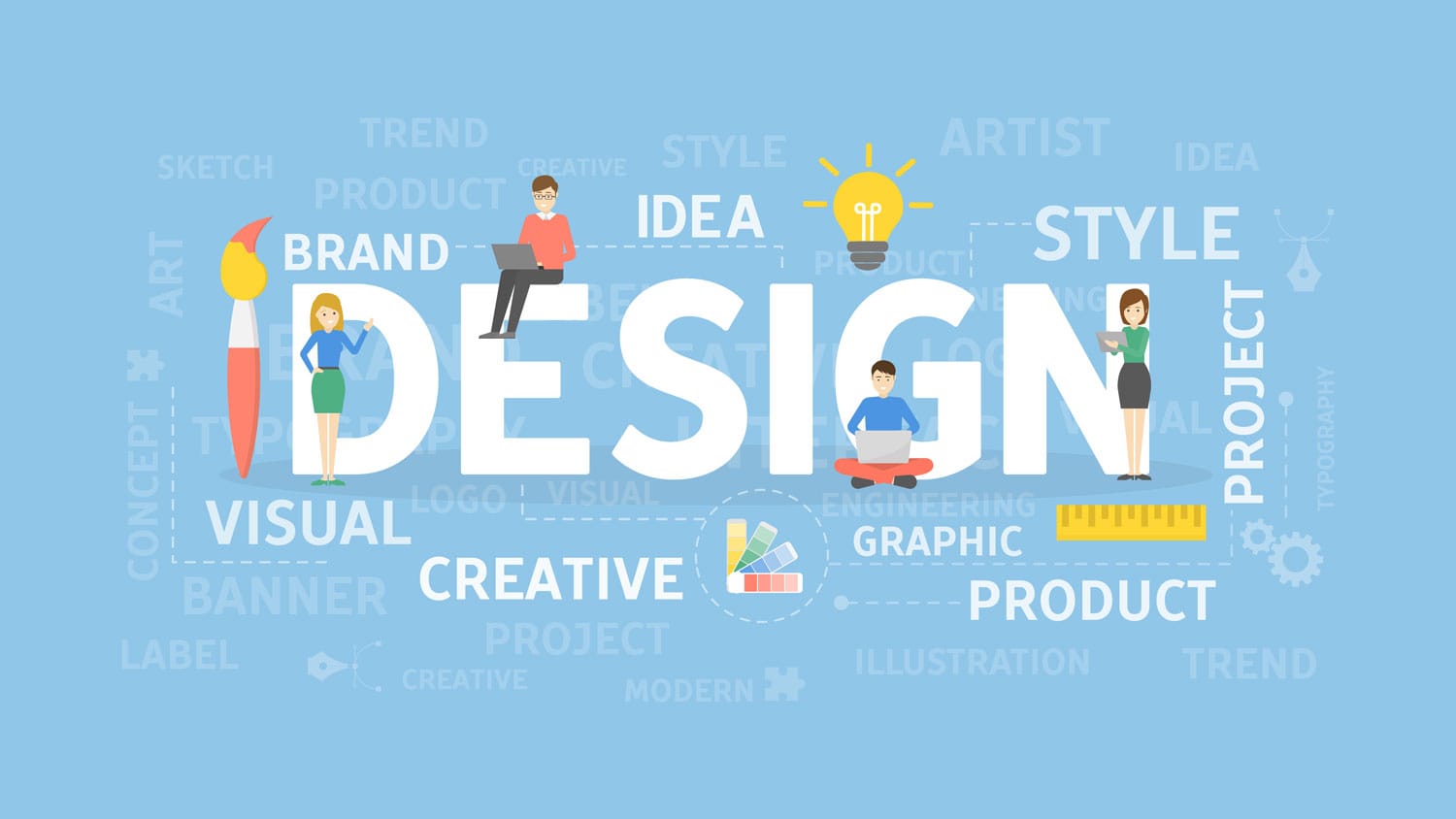
Minimalism, with its emphasis on simplicity and clarity, has become a defining characteristic of modern branding. By eliminating unnecessary elements and focusing on the essentials, minimalist design creates a strong, lasting impact while enhancing user experience. Let’s explore how this design philosophy is shaping brands in today’s competitive landscape.
Simplicity is the ultimate sophistication.
Leonardo da Vinci
What Is Minimalist Design?
Minimalist design is a visual art form that prioritizes:
- Simplicity: Clean lines, ample white space, and a focus on core elements.
- Functionality: Every design element serves a specific purpose.
- Clarity: Straightforward messaging with minimal distractions.
The Core Principles of Minimalist Design
- Less Is More:
- Reduce visual clutter to highlight key elements.
- Use negative space strategically to create balance.
- Focus on Typography:
- Leverage clean, readable fonts to communicate effectively.
- Avoid excessive use of decorative or complex typefaces.
- Restrained Color Palettes:
- Opt for neutral tones or monochromatic schemes with subtle accents.
- Use color sparingly to draw attention to critical elements.
- Prioritization of Functionality:
- Ensure designs are intuitive and user-friendly.
- Align aesthetics with the brand’s purpose and audience expectations.
How Minimalist Design Impacts Modern Branding
1. Strengthens Brand Identity
- Why It Works:
- Minimalism strips away noise, allowing a brand’s core values to shine.
- Simplified logos and visuals are easier to remember.
- Examples:
- Apple’s clean, iconic design reflects innovation and quality.
- Nike’s simple swoosh conveys energy and movement.
2. Enhances User Experience (UX)
- Why It Works:
- Streamlined designs improve navigation and readability.
- Reduces cognitive overload, making it easier for users to engage.
- Examples:
- Google’s homepage emphasizes functionality over flash.
- Airbnb’s interface focuses on simplicity for seamless bookings.
3. Builds Trust and Credibility
- Why It Works:
- Clean, organized visuals project professionalism.
- Minimalism aligns with transparency and authenticity.
- Examples:
- Financial platforms like Stripe use minimalism to convey reliability.
- Luxury brands like Chanel leverage simplicity to evoke exclusivity.
Minimalism Across Design Elements
1. Logos:
- Trends favor simple, versatile logos that work across various platforms.
- Example: Mastercard’s minimalist logo update for digital-first branding.
2. Web Design:
- Websites with minimal design load faster and provide better usability.
- Example: Squarespace’s intuitive layouts.
3. Packaging:
- Minimalist packaging reflects eco-consciousness and sophistication.
- Example: Glossier’s understated, pastel-colored product designs.
The Rise of Minimalism in Digital Platforms
1. Social Media:
- Minimalist visuals stand out in crowded feeds, boosting engagement.
- Example: Brands using bold text overlays and simple imagery.
2. Mobile Apps:
- Simple interfaces improve usability and retention.
- Example: Spotify’s clean design enhances focus on content.
Challenges of Minimalist Design
- Risk of Oversimplification:
- Stripping away too much can lead to a lack of personality or engagement.
- Solution: Balance minimalism with unique brand elements.
- Not Universally Applicable:
- Some industries require more elaborate designs to convey richness or detail.
- Solution: Adapt minimalist principles to fit brand context.
- Dependence on Execution:
- Poorly executed minimalism can appear lazy or unpolished.
- Solution: Invest in skilled designers who understand the nuances of minimalism.
Best Practices for Incorporating Minimalist Design
- Understand Your Audience:
- Tailor minimalist design to meet the preferences and expectations of your target market.
- Prioritize Content:
- Use visuals to enhance, not overshadow, your core message.
- Focus on Quality:
- Invest in high-quality typography, imagery, and materials.
- Test and Iterate:
- Conduct user testing to ensure designs achieve their intended impact.
The Future of Minimalism in Branding
1. Sustainability Integration:
- Minimalist designs increasingly align with eco-friendly practices, from digital carbon footprints to recyclable packaging.
2. AI-Powered Minimalism:
- AI tools will streamline minimalist design processes, offering personalized solutions.
3. Cross-Cultural Adaptability:
- Minimalism’s universality will help brands appeal to global audiences.
Conclusion
Minimalist design is more than a trend; it’s a powerful approach that aligns with modern consumer preferences and technological advancements. By focusing on simplicity, clarity, and purpose, brands can create impactful, memorable experiences that resonate with audiences. Whether through logos, websites, or packaging, minimalism offers a timeless way to stand out in an increasingly complex world.




Write your comment